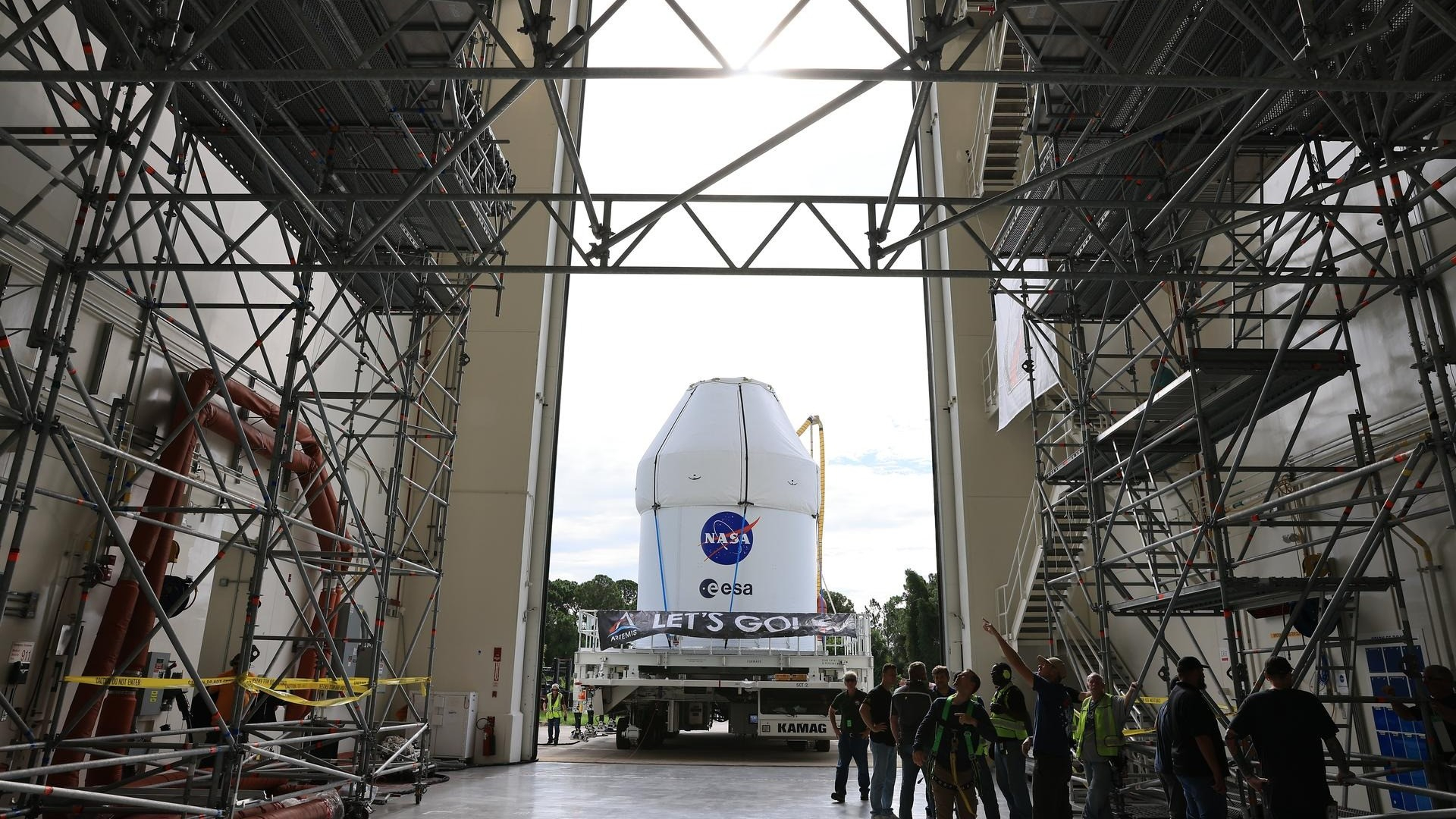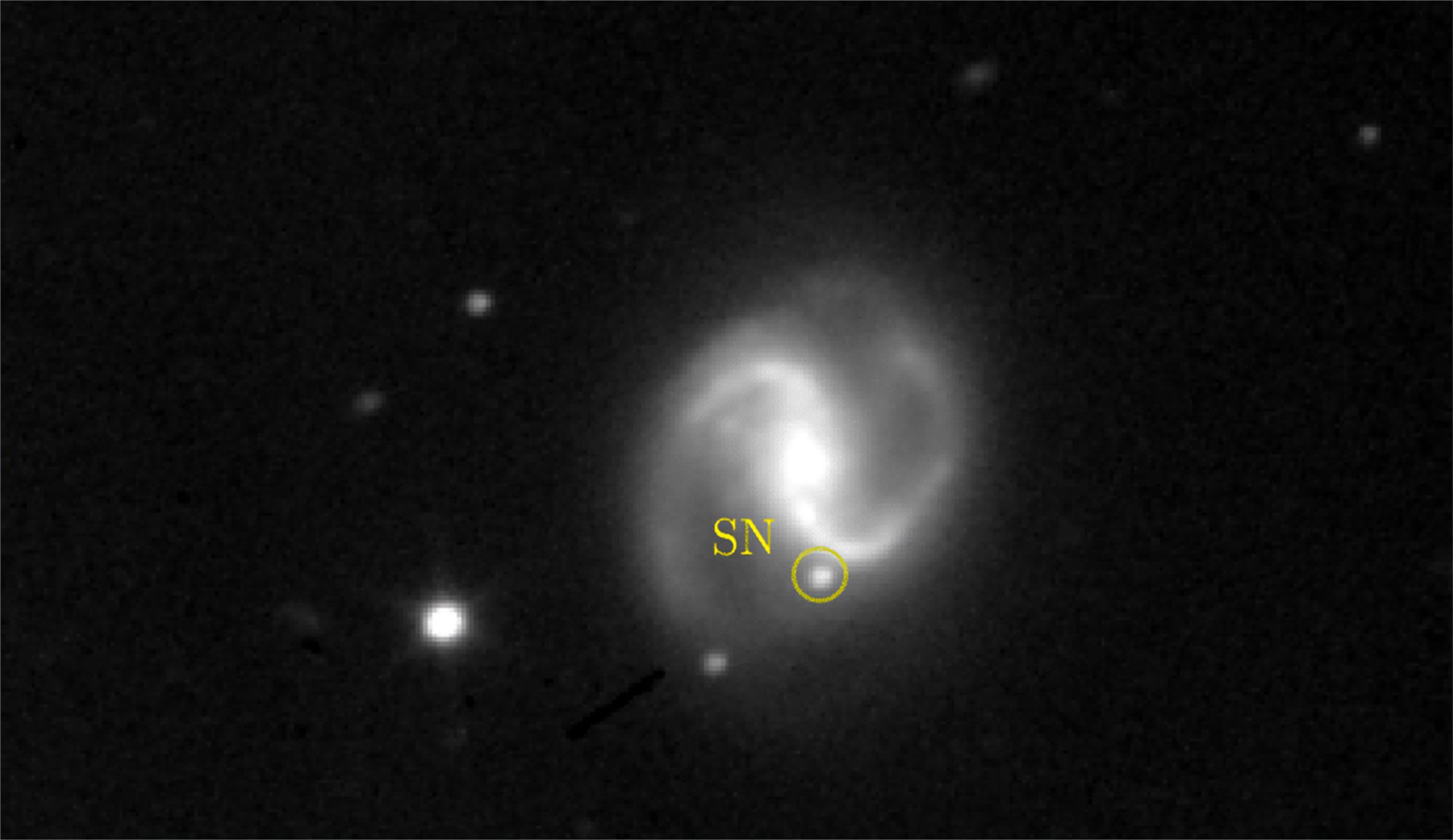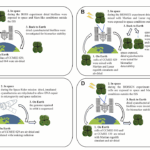Left: Gigantic Jet Event from the International Space Station, taken by NASA Astronaut Nichole Ayers. (Credit: Ayers) Right: Sprite event appearing over a lightning strike, seen from space. This photo
Hot Posts501- Page
Astronomers at the Center for Astrophysics | Harvard & Smithsonian have proposed a new explanation for some of the universe’s most puzzling early galaxies, nicknamed “little red dots.”
SALT LAKE CITY –The head of NASA’s science directorate said the agency remains committed to using small satellites to carry out a variety of missions, although those plans face uncertain
WASHINGTON — United Launch Alliance is leaning more into reusability as it advances work on recovering the engine section of the Vulcan rocket and embarks on another project. To continue
A SpaceX Falcon 9 rocket carrying the company’s Dragon spacecraft launches NASA’s SpaceX Crew-10 mission to the International Space Station on Friday, March 14, 2025, from NASA’s Kennedy Space Center
The Orion spacecraft flying humanity’s next crewed mission to the moon has completed propellant loading and is headed to the next phase of launch preparations. Teams at NASA’s Kennedy Space
On Aug. 1, 2025, the SpaceX Crew-11 astronaut mission launched from NASA’s Kennedy Space Center in Florida, headed for the International Space Station (ISS), which sits in low Earth orbit
The early stages of a supernova explosion are revelatory in what they can reveal about stars that go boom. But while catching them immediately after they detonate has proven largely
Heads up aurora chasers! The northern lights could illuminate skies overnight on Aug. 8-9 as an incoming coronal mass ejection (CME) and speedy solar winds may spark geomagnetic storm conditions,
TAMPA, Fla. — Japanese water propulsion startup Pale Blue is exploring jointly developing systems with Japan’s Mitsubishi Electric, after the satellite maker joined the University of Tokyo spin-off’s $10 million
-
 012024 in Review: Highlights from NASA in Silicon Valley
012024 in Review: Highlights from NASA in Silicon Valley -
 02Panasonic Leica Summilux DG 15mm f/1.7 ASPH review
02Panasonic Leica Summilux DG 15mm f/1.7 ASPH review -
 03How New NASA, India Earth Satellite NISAR Will See Earth
03How New NASA, India Earth Satellite NISAR Will See Earth -
 04And Thus Begins A New Year For Life On Earth
04And Thus Begins A New Year For Life On Earth -
 05Astronomy Activation Ambassadors: A New Era
05Astronomy Activation Ambassadors: A New Era -
06SpaceX launch surge helps set new global launch record in 2024
-
 07Space Force plans new ‘Futures Command’ amid pressure to speed up modernization
07Space Force plans new ‘Futures Command’ amid pressure to speed up modernization














